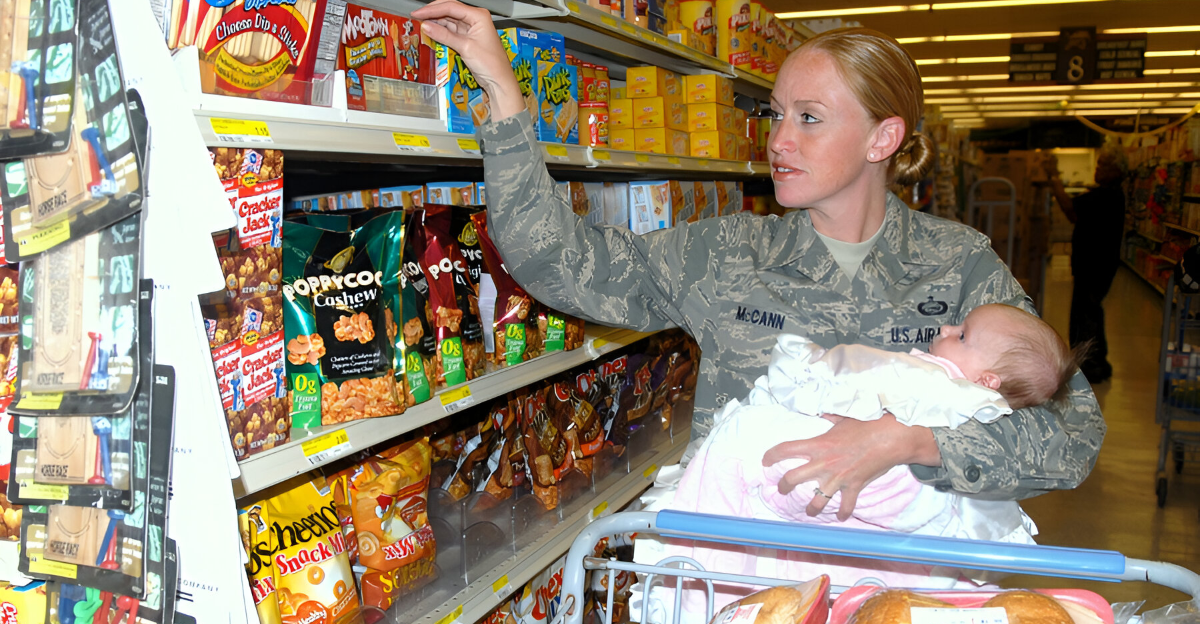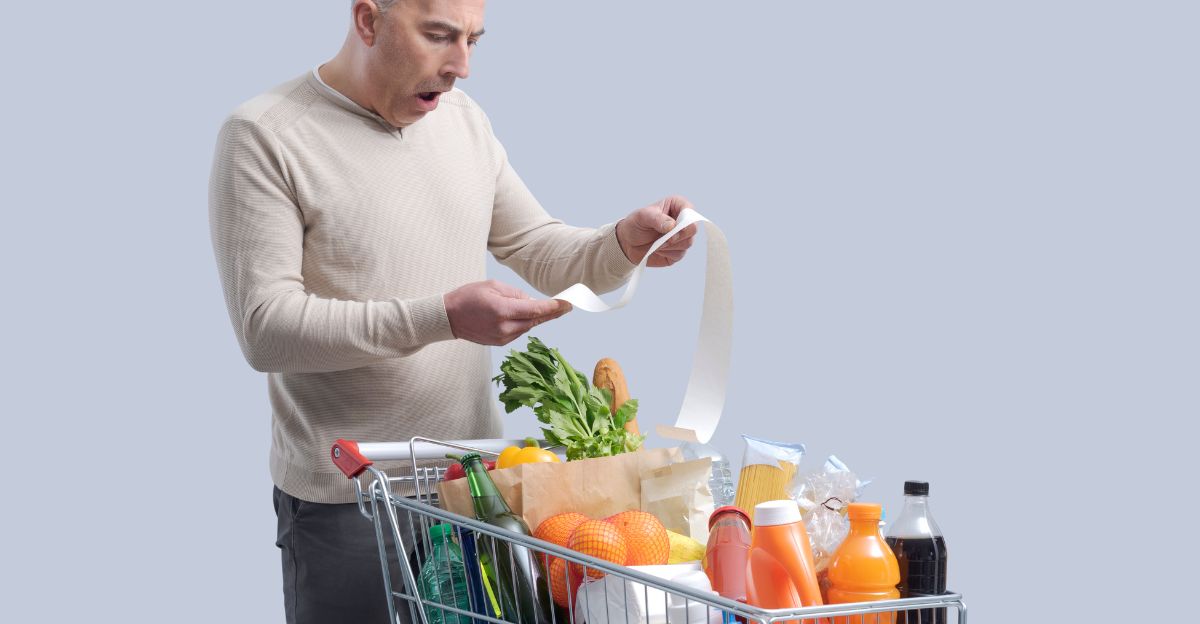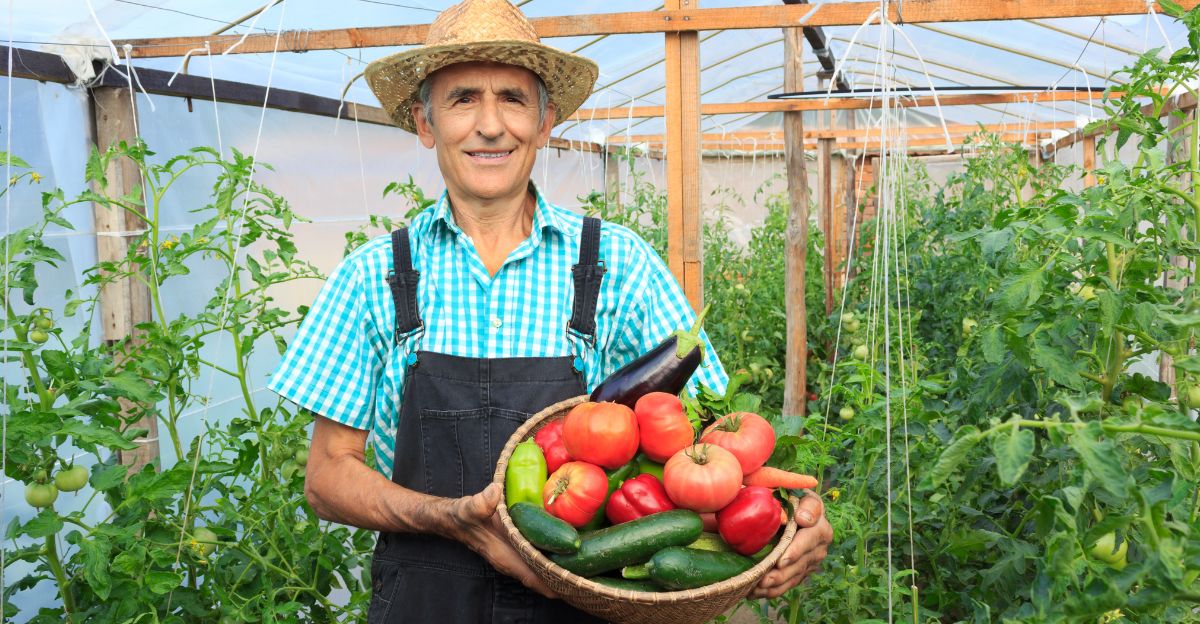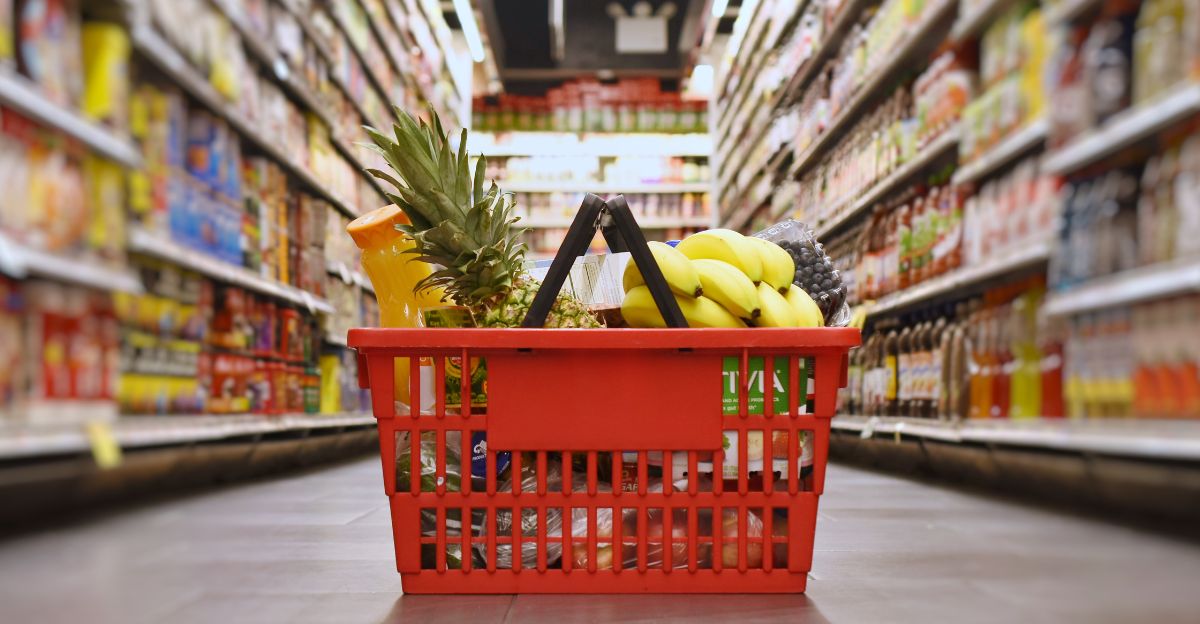
Americans are feeling the squeeze as food price inflation continues to impact household budgets. Since 2019, grocery prices have risen by almost 30%, making every trip to the supermarket a painful reminder that costs are rising.
This increase is not just a statistic — it’s a daily reality affecting millions. With food being a non-negotiable expense, the pressure is immediate and personal, far more tangible than other forms of inflation.
As 2025 unfolds, experts predict food prices will continue to rise, forcing families to find ways to adapt and cope.
Multiple Pressures Drive Up Costs

The causes of elevated food prices are complex and interconnected. Supply chain disruptions, higher production costs, unpredictable weather, and global economic shifts have all contributed to persistent grocery store inflation.
Recent tariffs have added uncertainty, and experts have warned that even slight price hikes can ripple through the entire food system.
While some of these categories, such as eggs, have seen prices ease, overall food inflation remains above historical averages, with food-at-home prices expected to rise by 3.2% in 2025.
Grocery Store Sticker Shock

Consumers are faced with reduced package sizes, fewer discounts, and rising prices when it comes to everyday staples. The average cost of food in the U.S. is up by 2.8% over the last year, with some items like eggs and sweets seeing even sharper increases.
These realities force shoppers to rethink their habits, prioritize essentials, and make difficult choices. This is felt especially hard by low-income families, who spend a larger portion of their income on food and have less flexibility to deal with rising prices.
Restaurant and Fast Food Adjustments

Food inflation has repercussions not only in the grocery aisles but also in diners and even fast food restaurants. The increase in food-away-from-home prices is projected to be 3.8% in 2025, outpacing historical trends.
Restaurants are adapting with higher-priced menus, smaller portion sizes, and altering ingredients to deal with inflation.
For consumers, it means that dining out is becoming more expensive, and many are cutting back or searching for cheaper alternatives. The ripple effect is reshaping how and where Americans eat.
Shifting to Affordable Alternatives

As costs rise, more Americans are seeking out store brands, buying in bulk, and trying alternative proteins to help stretch their food budgets.
Sales of generic products have soared, with more than half of shoppers choosing store brands to save money.
While some categories, such as chicken and plant-based foods, provide relief, these also experience inflationary pressures. The search for cheap alternatives is redefining shopping habits and propelling innovation across the food industry.
Global Trade and Supply Chain Impacts

Food inflation in the U.S. is intertwined with global markets. Tariffs and international supply chain disruptions have contributed to price volatility, affecting both imports and exports.
As the U.S. grapples with these challenges, foreign buyers are adjusting their sourcing strategies, and American consumers are seeing the effects of changing global economic dynamics.
The result is a more unpredictable and interconnected food market, in which local prices are influenced by events far beyond U.S. borders.
Farmers Feel the Strain

Rising fuel, fertilizer, and labor costs are also putting pressure on farmers and food producers, many of whom cannot fully pass these costs on to consumers.
This creates financial stress in rural communities and threatens the long-term stability of the agricultural industry.
Farmers warn that without relief, the current situation will lead to reduced investment, lower production, and higher prices down the road.
Political and Policy Responses

Soaring food prices have led to calls for government intervention. Members of Congress are considering emergency subsidies, expanded food assistance programs, and policy changes to address supply chain vulnerabilities.
While some measures like SNAP benefits and assistance from a food bank system provide immediate relief, more widespread solutions are in progress.
How effective will these interventions be in shaping the trajectory of food prices and the resilience of American households in the coming months?
Consumer Advice

Experts say there are several ways consumers can cope with increasing food prices. Planning meals, creating lists, and price matching can actually yield tons of savings.
Applying store loyalty programs, stacking discounts, and using store-brand products are a few of the tips on trimming expenses.
Buying in bulk, timing purchases to coincide with sales, and relying on government or community assistance, such as SNAP or food banks, can help even more. Proactive, knowledge-based decisions are essential to weathering this period of high food inflation.
The Broader Impact

The story of food price inflation is more than a story of numbers — it’s about the daily lives of Americans and the resilience it takes to adapt.
What begins with more expensive grocery bills ripples through the entire economy, changing how we eat, spend, and save.
As food prices continue to soar, households, businesses, and policymakers must all work together to find solutions. As the nation continues to address this continued challenge, staying informed and remaining flexible will be of the utmost importance.
